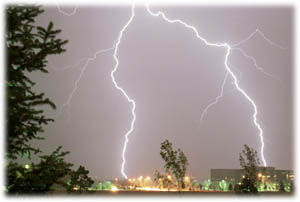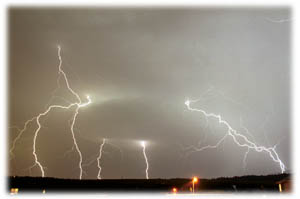


| Personal | Professional | Christian Stuff | Photographs | Miscellaneous | Blog |
Admin |

|

|

|
|||||||||
|
|||||||||||
Text Formatting FAQThe most frequently asked questions about text formatting are answered. Also, TextFormattingRules contains the complete TWiki shorthand system on one quick reference page.
On this page:
How do I make a separator?
Create a separator - a horizontal rule - by entering three dashes at the beginning of a blank line:
How do I create a heading?
You can create six sizes of headings - <h1>...<h6> in HTML - by typing, from the beginning of a line, three dashes (-), from one to six plus signs (+), a space, and your heading text. The FAQ questions on this page are created with:
Text enclosed in angle brackets like <filename> is not displayed. How can I show it as it is?TWiki interprets text as HTML, and the '<' and '>' characters define where HTML commands start and end. Text inside angle brackets is treated as HTML, and ignored if it doesn't actually do anything - either way, the brackets and its contents are not displayed. If you want to display angle brackets, enter them as HTML codes instead of typing them in directly:
Some words appear highlighted, with a "?" link at the end. How can I prevent that?A question mark after a word is a link to a topic that doesn't yet exist - click it to create the new page. This is a TWiki feature - typing a MeaningfulTitle in a comment is an invitation for someone else to add a new branch to the topic. To prevent auto-linking - say you want to enter a word like JavaScript (the proper spelling!) - prefix the WikiStyleWord with an exclamation point:
How can I write fixed font text?The quickest way is to enclose the text in equal signs:
Text I enter gets wrapped around. How can I keep the formatting as it is?
TWiki interprets text as HTML, so you can use the This text will keep its format as it is: <verbatim> Unit Price Qty Cost ------- ------ --- ------ aaa 12.00 3 36.00 </verbatim>
The NOTE: VARIABLES are still Set within verbatim tags (this is a historical peculiarity)
How do I create tables?There are three possibilities:
1. Use Wiki rule with "|" vertical bars
2. Use HTML tables with <table>, <tr>, <td> tags This is a manual process using HTML commands. You enter:
<table border="1">
<tr>
<th> Head A </th> <th> Head B </th>
</tr><tr>
<td> Cell A2 </td> <td> Cell B2 </td>
</tr><tr>
<td> Cell A3 </td> <td> Cell B3 </td>
</tr>
</table>
Result:
3. Use preformatted text with <verbatim> tags See "Text I enter gets wrapped around..."
Can I include images on a page?
Yes. The easiest way is to attach a GIF, JPG or PNG file to a topic and then to place it with: To place an image on any topic, there are two ways of including inline images. 1. Using URL ending in .gif, .jpg, .jpeg, .png This is a simple and automatic way of including inline images. Simply write the URL of the image file, this will create the inline image for you. NOTE: The images must be accessible as a URL.
You can upload images directly to your server with FTP access. You can also attach image files to a topic - you could even create a dedicated image topic, like
2. Using <img> tag
This is a manual process where you have more control over the rendering of the image. Use the <img> tag of HTML to include GIF, JPG and PNG files. Note: The rendering of the topic is faster if you include the
Can I write colored text?TWikiPreferences defines some commonly used colors: %YELLOW%, %RED%, %PINK%, %PURPLE%, %TEAL%, %NAVY%, %BLUE%, %AQUA%, %LIME%, %GREEN%, %OLIVE%, %MAROON%, %BLACK%, %GRAY%, %SILVER% and %ENDCOLOR%.
Note:
If you need more colors you can use HTML, like
The code is the hexadecimal RGB color code, which is simply Red, Green and Blue values in hex notation (base 16, 0-F). For pure red, the RGB components are 255-0-0 - full red (255), no green or blue. That's FF-0-0 in hex, or
|